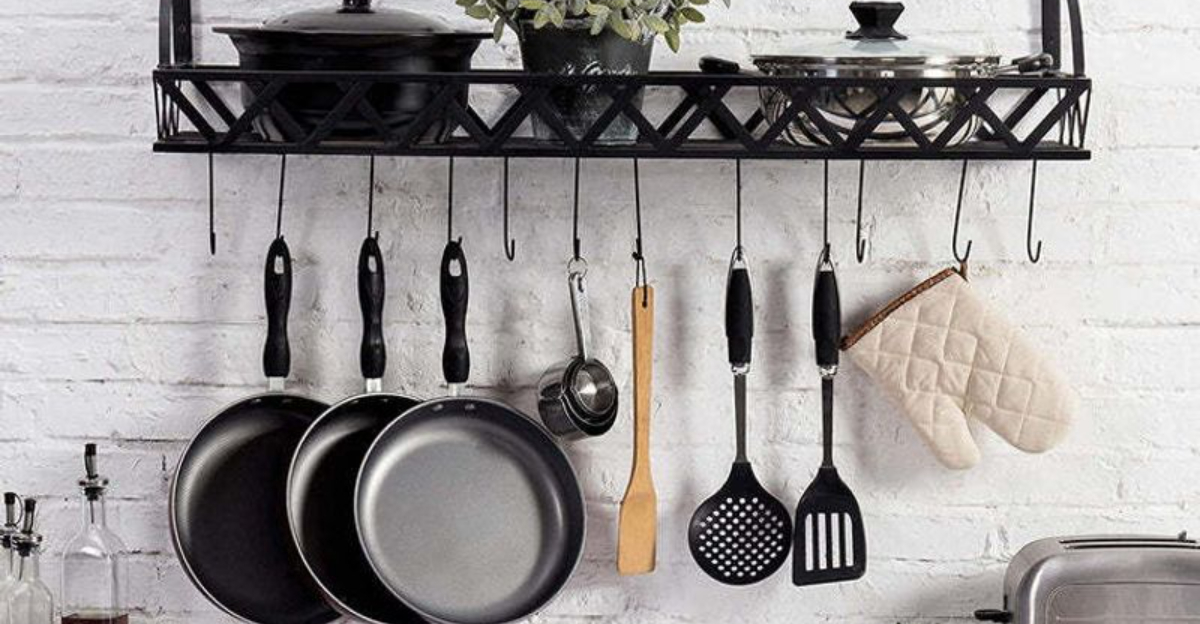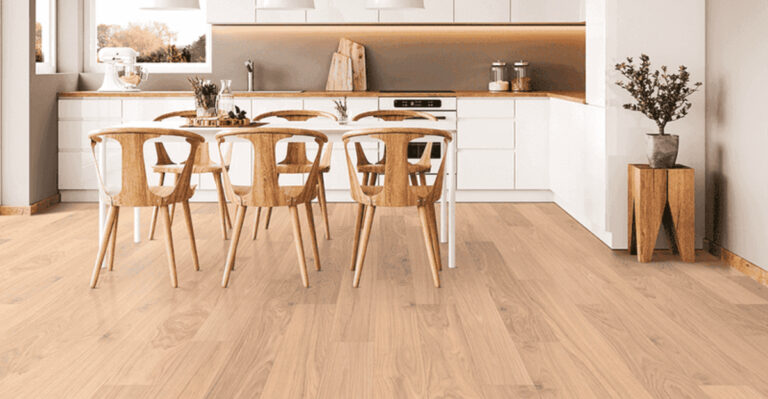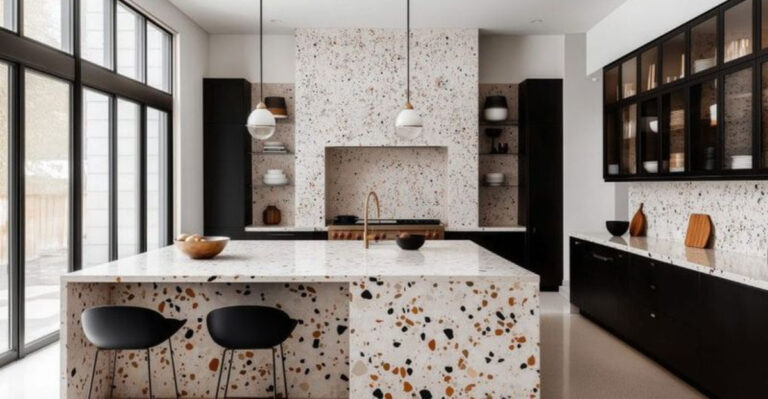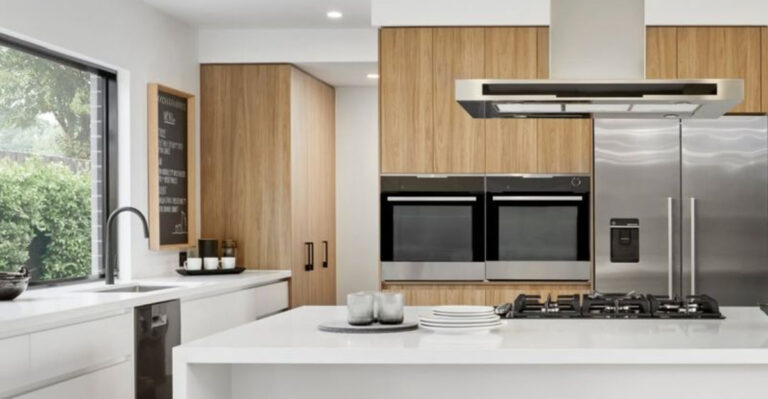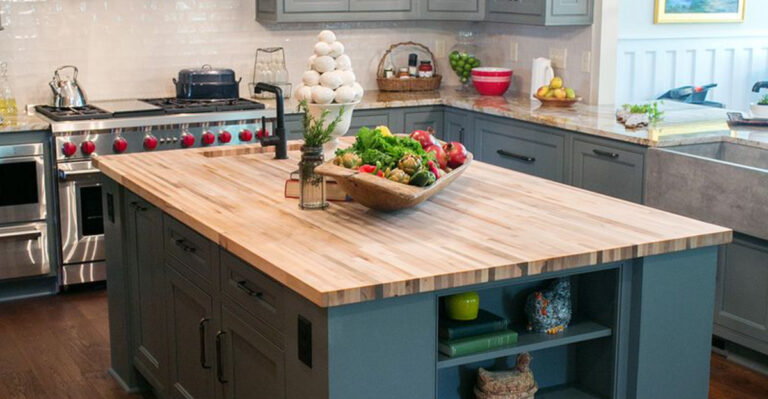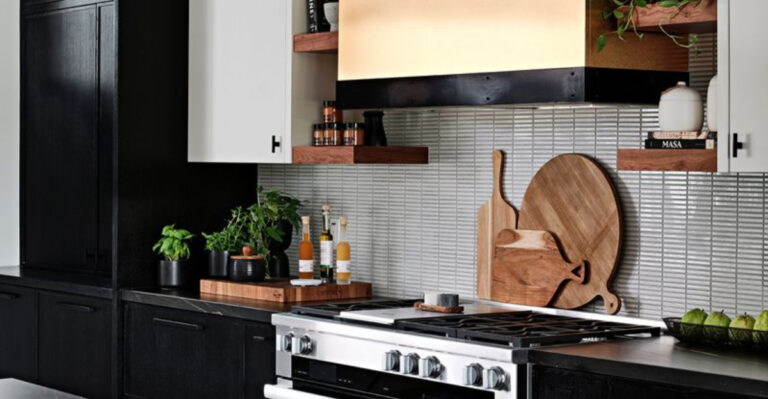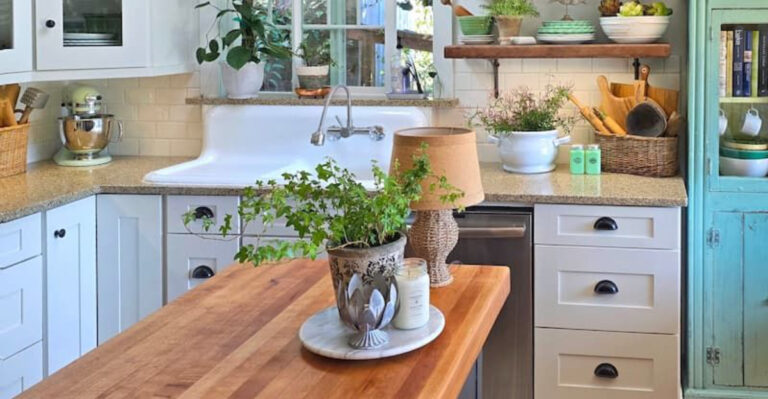10 Things Tidy People Always Have In Their Kitchens (And 10 Things They Avoid)
I used to think those magazine-worthy kitchens were the result of nonstop scrubbing and some kind of cleaning magic. Turns out, it’s all about smart habits.
Tidy people don’t just clean more, they organize better. They know what to keep within reach and what to ditch entirely. Once I started paying attention to what actually belonged in my kitchen and what was just creating chaos, everything changed.
Suddenly, the counters stayed clear, and the space felt calm. If you’ve ever wondered how they do it, you’re in the right place.
1. Clear Countertops
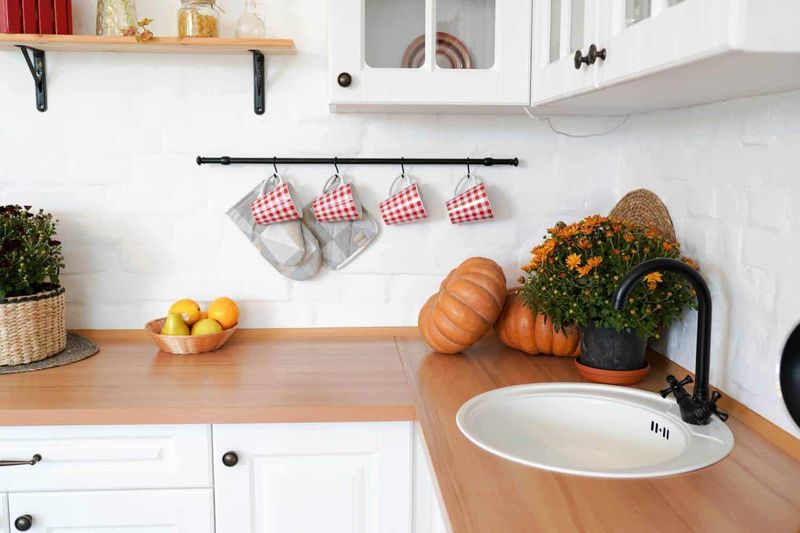
Pristine, open countertops create the illusion of space and calm in any kitchen. Tidy folks understand this principle deeply.
Instead of cluttering surfaces with rarely-used appliances, they keep only daily essentials visible. Coffee makers might make the cut, but that bread machine used twice a year? Tucked away in a cabinet.
When cooking wraps up, they immediately restore this blank canvas, giving their kitchen that perpetually ready-for-company look we all secretly envy.
2. Drawer Dividers
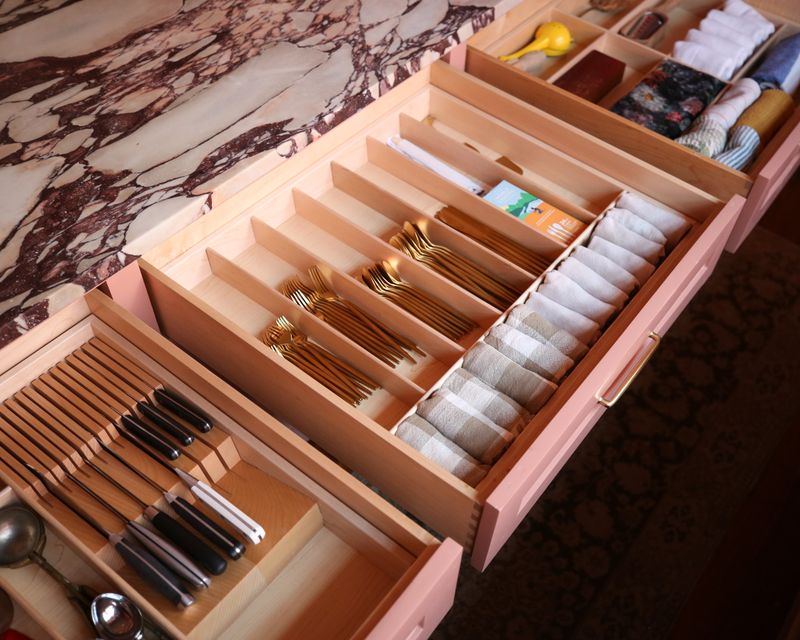
Chaos lurks inside drawers when forks, knives, and spoons mingle freely. Organized people combat this hidden disorder with purpose-built dividers.
Every utensil enjoys its designated spot, making midnight snack preparation a breeze. Beyond cutlery, they extend this system to junk drawers too, separating batteries from twist ties and rubber bands.
Though visitors rarely peek inside these compartments, tidy homeowners sleep better knowing even these concealed spaces maintain perfect order.
3. Labeled Storage Containers
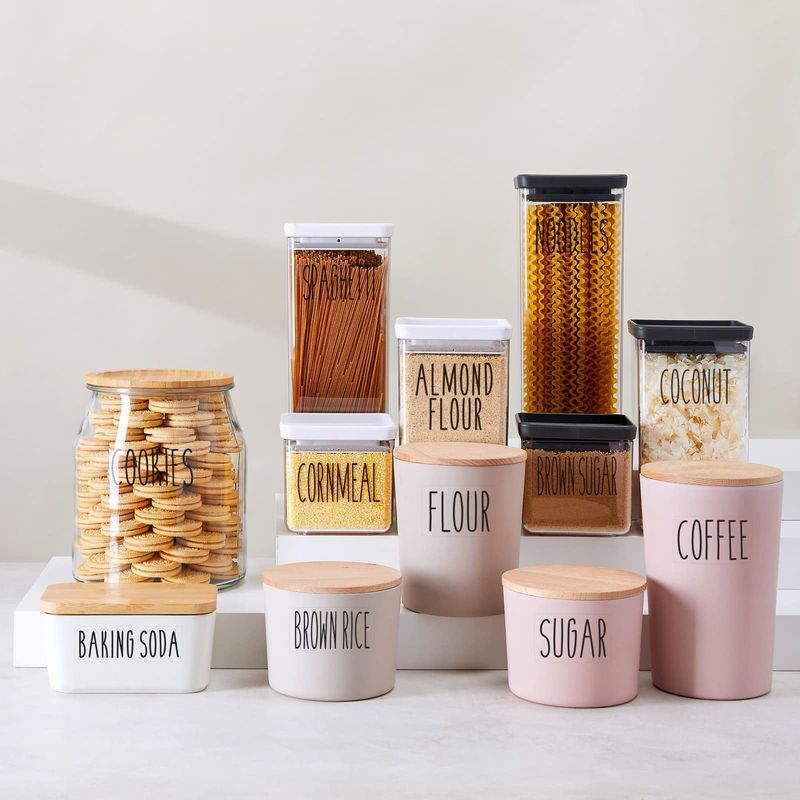
Matching containers transform pantry chaos into beautiful order. Neat freaks transfer pasta, rice, and cereals from their original packaging into clear containers.
Labels eliminate the guessing game of “is this sugar or salt?” while creating visual harmony. The uniform height and shape maximize space efficiency too.
If you spot someone carefully decanting grocery items before putting them away, you’ve found a true organization enthusiast who values both function and aesthetics in their food storage system.
4. Multi-Purpose Cleaning Caddy

Quick cleanup becomes second nature when cleaning supplies live together in one portable container. Tidy kitchen owners keep essential sprays, cloths, and scrubbers within arm’s reach.
While preparing dinner, they wipe spills immediately rather than facing crusty messes later. The caddy system prevents the dreaded under-sink avalanche of toppling bottles.
Most importantly, this grab-and-go approach removes all excuses for procrastinating on small cleanups that would otherwise accumulate into overwhelming kitchen disasters.
5. Quality Knife Block
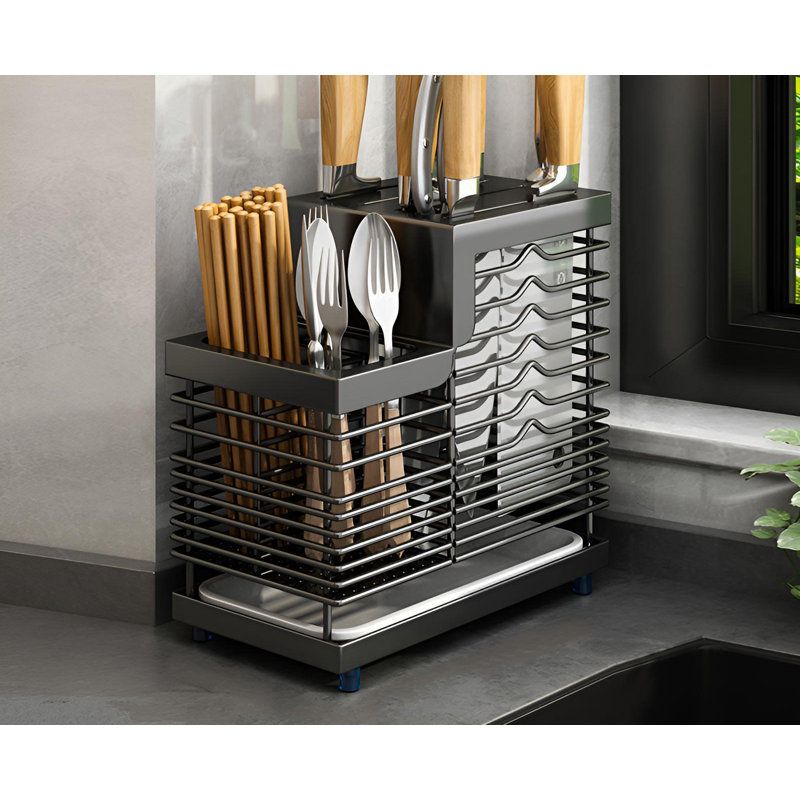
Sharp, well-maintained knives deserve proper storage. Organized cooks invest in wooden blocks, magnetic strips, or drawer inserts specifically designed for their blade collection.
Beyond preventing dulling and damage, proper knife storage eliminates the safety hazard of loose knives hiding in drawers. Tidy people appreciate how a quality knife block keeps important tools visible yet protected.
Many find that displaying beautiful knives adds a professional touch to their kitchen while ensuring these essential tools remain close at hand during meal preparation.
6. Designated Donation Box
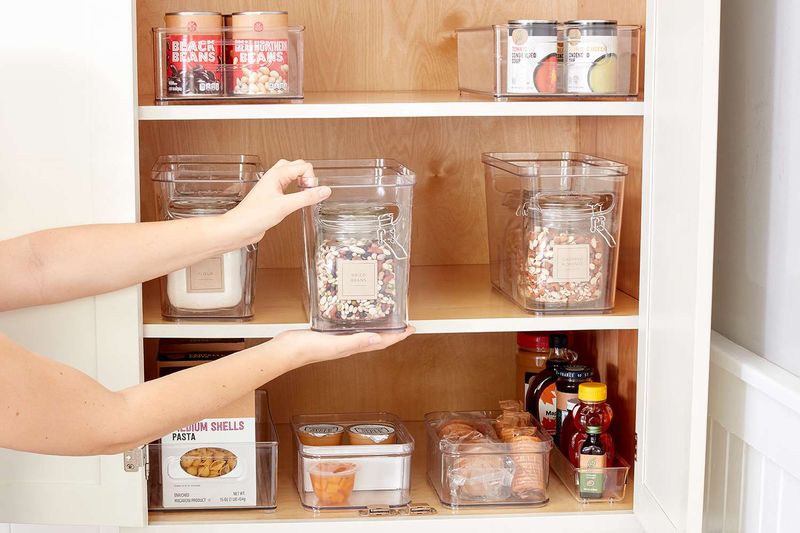
Unused gadgets find new homes quickly when a donation system exists right in the kitchen. Smart organizers keep a small bin for collecting items that no longer serve them.
That avocado slicer gathering dust? Into the box it goes. The extra measuring cups from three Christmases ago? Same destination.
Once full, they promptly deliver these items to charity instead of letting them consume valuable cabinet space. This ongoing purge prevents the gradual accumulation that leads to cluttered kitchens.
7. Refrigerator Organization System
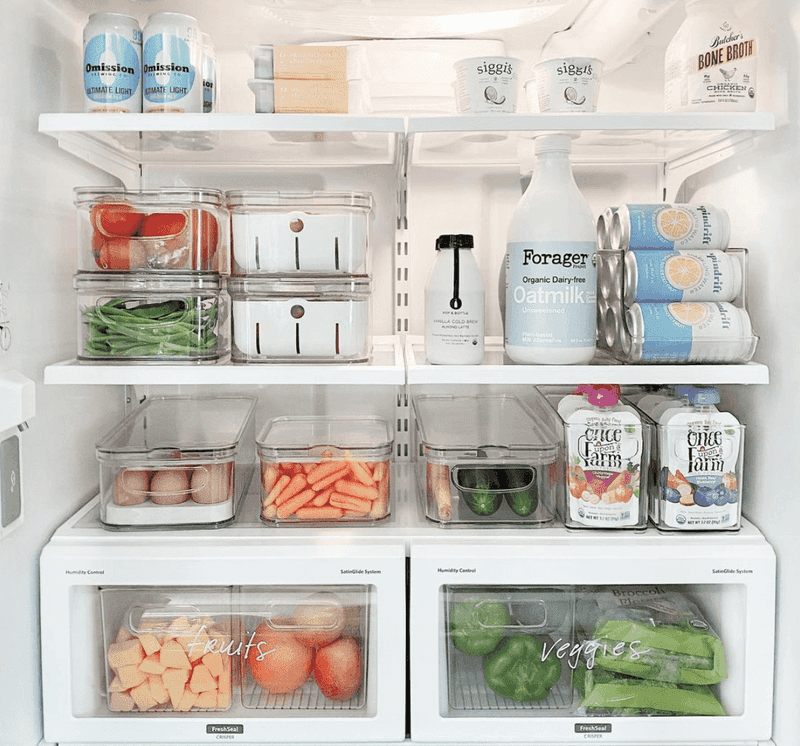
Forgotten leftovers transform into science experiments without proper fridge management. Meticulous kitchen keepers use clear bins to categorize refrigerated items by type.
Dairy products occupy one container, while fruits nestle together in another. Weekly cleanouts prevent mystery containers from lingering too long.
Some even implement a “front-to-back” rotation system, placing newer items behind older ones to ensure nothing gets lost in the cold abyss of the refrigerator’s back corners.
8. Recipe Management Method
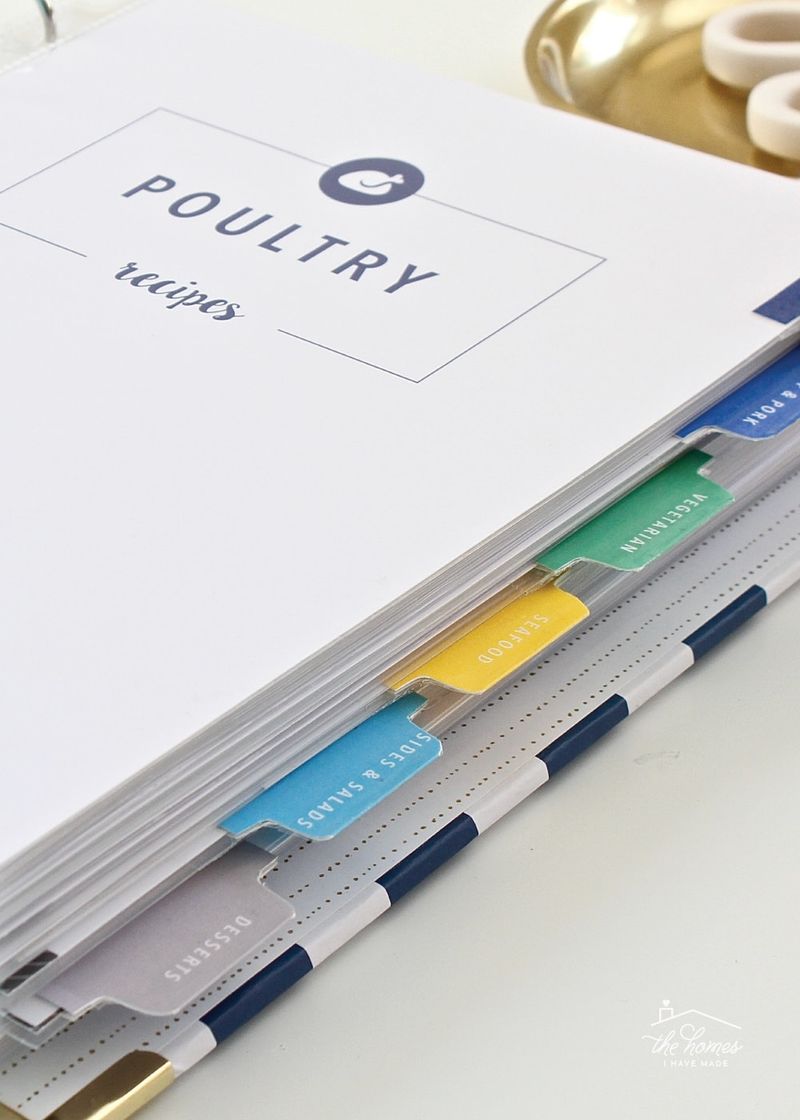
Loose recipe cards scattered throughout drawers spell disaster for meal planning. Organized cooks utilize binders, apps, or dedicated boxes to maintain their culinary inspiration.
Many have abandoned paper entirely, preferring digital collections that can’t be stained by tomato sauce. Their systems typically include categories and ratings to streamline future meal decisions.
When dinner time approaches, they know exactly where to find that perfect pasta recipe without tearing apart the kitchen in a frantic search.
9. Hanging Pot Rack
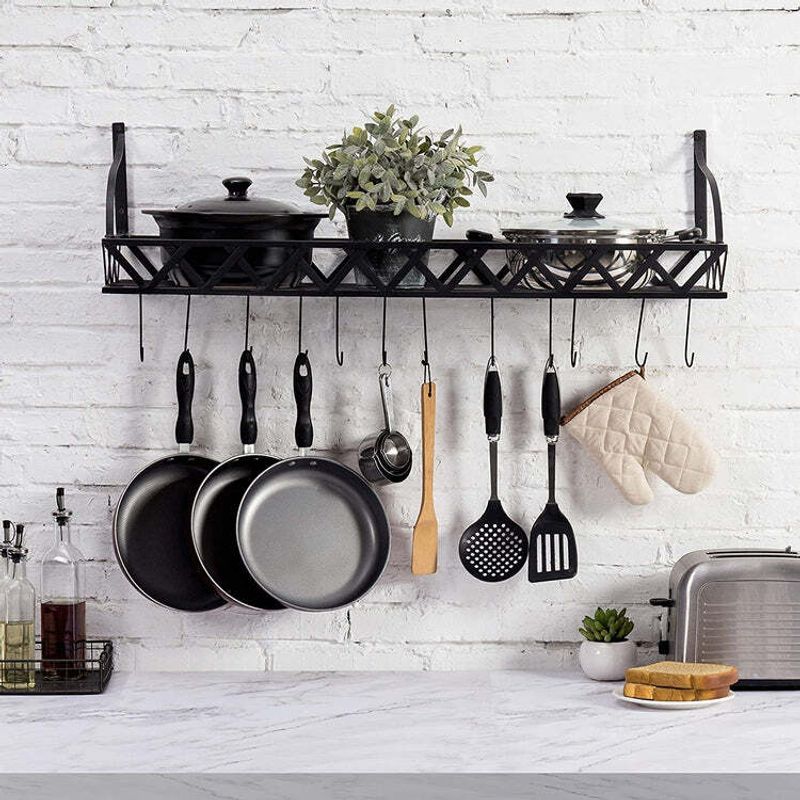
Bulky pots and pans consume massive cabinet space when stacked. Clever kitchen organizers look upward, utilizing ceiling-mounted or wall-mounted racks instead.
Beyond saving space, this solution puts cookware within easy reach during meal prep. The visual effect can be stunning too, especially with copper or stainless steel collections.
While seemingly decorative, this strategy exemplifies the organized person’s philosophy: combine function with aesthetics whenever possible to maintain both order and beauty.
10. Regular Maintenance Schedule

Spotless kitchens don’t happen by accident. Behind every tidy cooking space lies a consistent routine of daily wipe-downs and deeper weekly cleanings.
Organized people rarely face marathon cleaning sessions because small tasks never accumulate. They might clean the microwave every Thursday or wipe cabinet fronts each Sunday.
Rather than viewing these activities as chores, they consider them investments in maintaining their peaceful environment, knowing that consistent small efforts prevent overwhelming kitchen disasters.
11. Expired Food
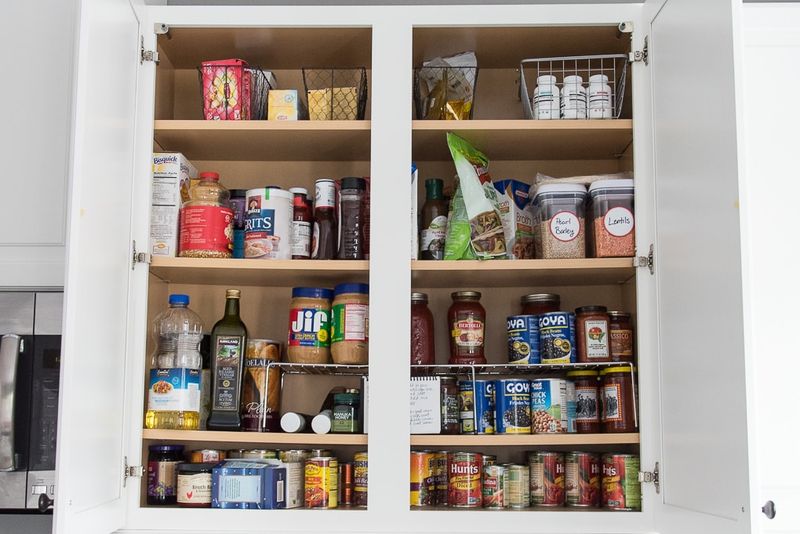
Mystery jars from 2018 won’t be found in an organized pantry. Tidy kitchen managers regularly audit their food supplies, ruthlessly eliminating anything past its prime.
They check expiration dates during grocery unpacking and before meal planning. Some even schedule monthly “pantry purges” to catch forgotten items.
While this vigilance might seem excessive, it prevents waste, saves money, and ensures cabinets contain only fresh, usable ingredients instead of becoming graveyards for forgotten condiments and canned goods.
12. Single-Use Gadgets

Avocado slicers, banana hangers, and strawberry hullers consume precious drawer space while offering minimal value. Organized kitchens rely instead on versatile tools that serve multiple purposes.
A good chef’s knife replaces numerous single-function gadgets. Quality kitchen shears handle tasks from cutting herbs to opening packages.
While infomercials promote specialized devices for every food imaginable, tidy cooks resist these temptations, knowing that each new gadget demands storage space that could better serve truly essential items.
13. Paper Clutter
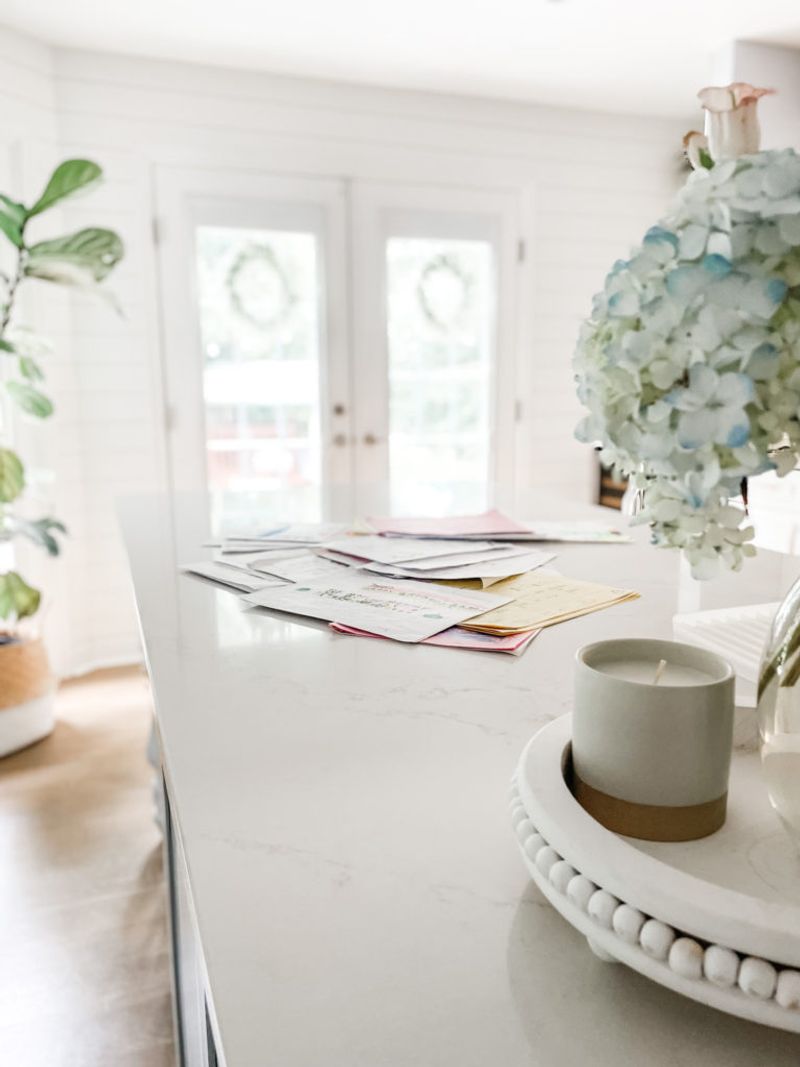
Mail, receipts, and school notices love to multiply on countertops. Organized kitchens have systems preventing paper invasion from taking hold in the first place.
Many tidy folks process mail immediately, recycling junk and filing important documents elsewhere. Some maintain a single, small basket for temporary paper storage with strict emptying rules.
When you visit their homes, you won’t see counters doubling as filing cabinets or tables disappearing under magazine stacks – they’ve established boundaries keeping paper in its proper place.
14. Mismatched Food Storage Containers
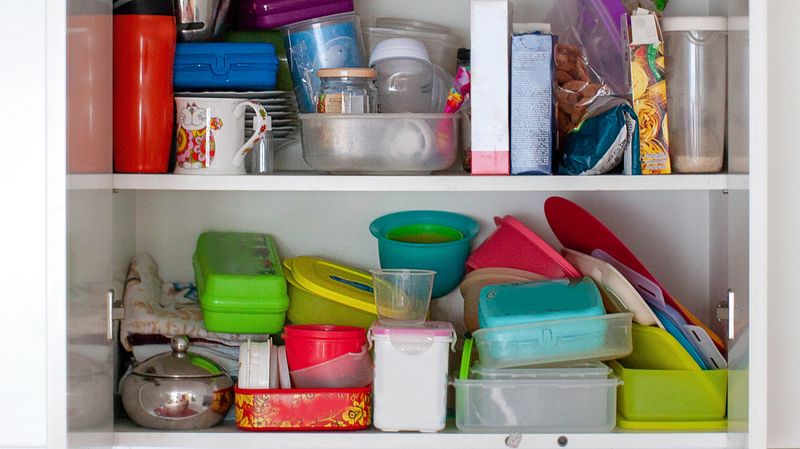
Hunting for matching lids wastes precious minutes and creates frustration. Neat kitchen managers purge orphaned containers and random takeout plasticware regularly.
They invest in unified storage systems where all pieces work together. Some prefer stackable glass sets while others choose nesting plastic containers with color-coded lids.
Regardless of material preference, they maintain strict container control, immediately discarding damaged pieces or those missing partners rather than letting mismatched collections grow into unwieldy cabinet chaos.
15. Excessive Mugs And Glasses
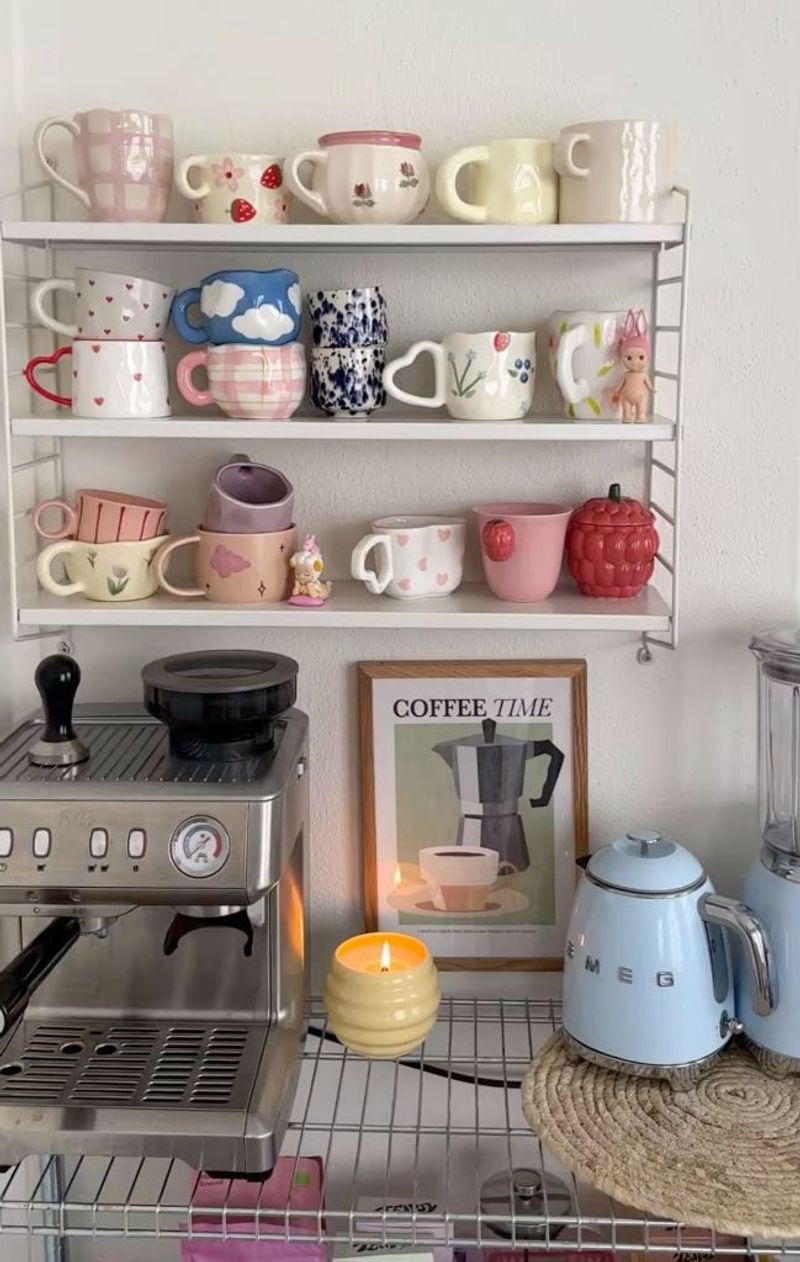
Souvenir mugs from every vacation and free promotional cups quickly overwhelm cabinet space. Organized people limit their collections to what they actually use.
Many follow the simple rule: one mug per household member plus a few extras for guests. Special occasion glasses receive similar treatment, with tidy folks keeping only complete sets they regularly use.
While parting with sentimental drinkware can be challenging, the resulting cabinet space and simplified dishwashing routine make the occasional purge worthwhile for those committed to kitchen order.
16. Countertop Appliance Collection
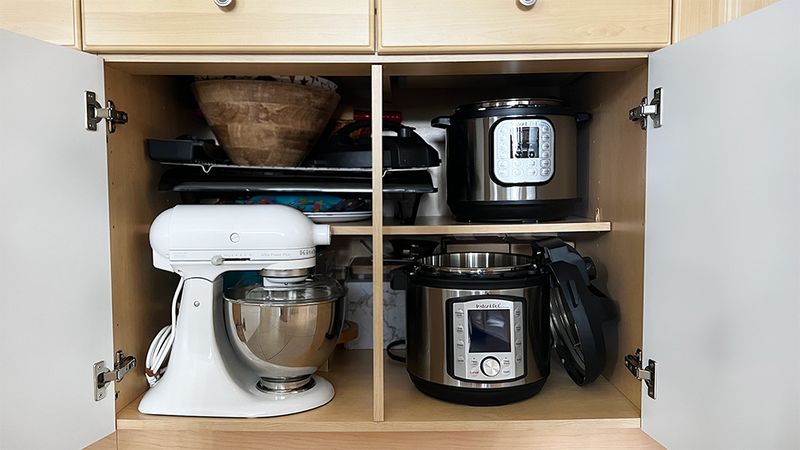
Bread makers, pasta machines, and ice cream makers consume valuable real estate while rarely earning their keep. Tidy kitchens feature only frequently-used appliances on countertops.
Coffee makers and toasters might make the cut, but seasonal or occasional gadgets live in cabinets. Some organized folks follow the one-month rule: any appliance unused for 30 days loses its countertop privileges.
This selective approach maintains clear workspaces and creates the visual calm that defines well-organized kitchens.
17. Fridge Door Magnets
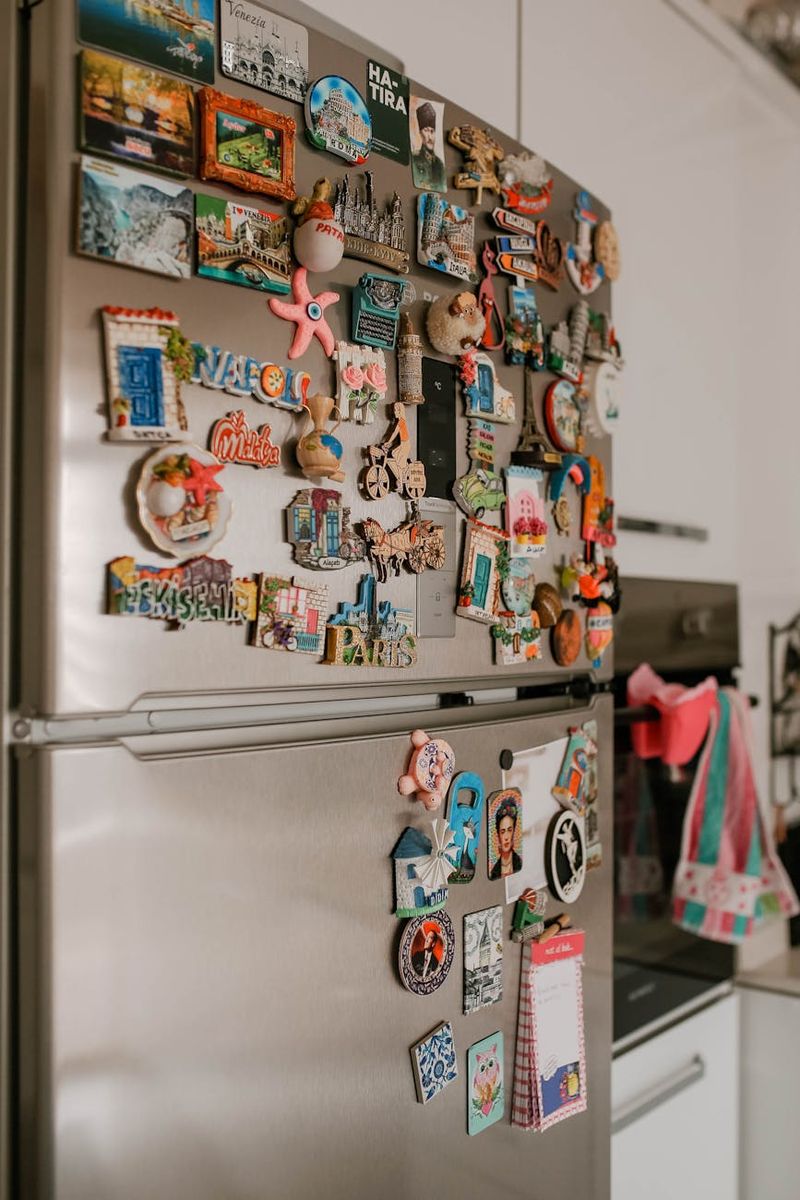
Refrigerator doors transform into chaotic bulletin boards when covered with magnets, photos, and papers. Organized folks resist this magnetic temptation entirely.
Their fridges remain clean, sleek surfaces free from visual noise. Important reminders find homes in digital calendars or dedicated planning stations elsewhere.
While seeming minor, this habit significantly impacts kitchen atmosphere – compare the serenity of a clean refrigerator surface to the visual chaos of one plastered with coupons, children’s artwork, and vacation magnets from 2007.
18. Shopping Bag Collection
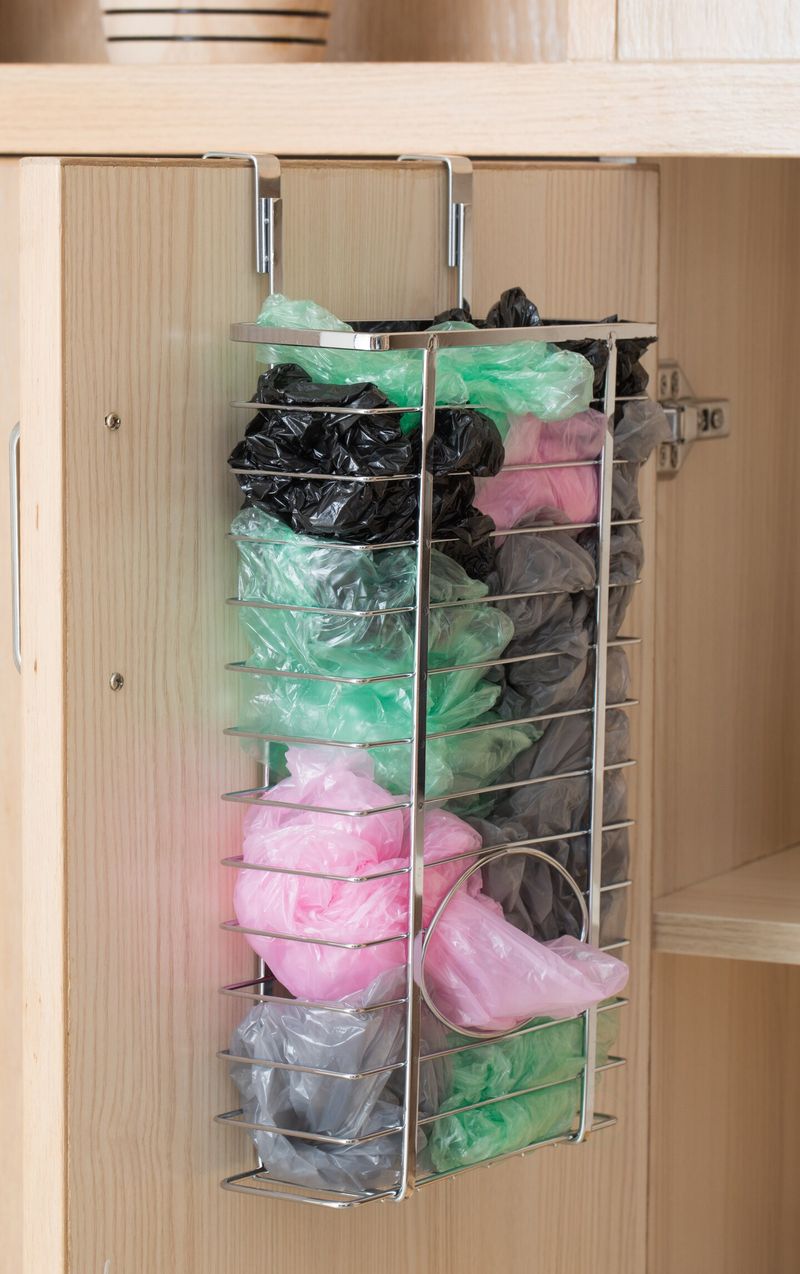
Plastic and paper bags multiply like rabbits when stored without limits. Tidy kitchens contain only a reasonable number of reusable bags, not an ever-growing collection.
Organized people keep a few quality shopping bags in accessible locations. Extras get recycled immediately rather than stuffed into drawers or cabinets.
Some use specific containment systems – a single bag holder under the sink or one dedicated drawer – with strict capacity limits preventing the common “bag of bags” syndrome that plagues many kitchens.
19. Junk Mail Piles

Flyers, catalogs, and credit card offers love to congregate in kitchen corners. Tidy folks intercept this paper invasion before it establishes permanent residence.
Many place recycling bins near where mail gets opened, immediately capturing unwanted items. They unsubscribe from physical mailing lists whenever possible, preferring digital communication.
This proactive approach prevents the gradual accumulation that transforms kitchens into makeshift post offices and keeps counters clear for their intended purpose: food preparation.
20. Unused Cookbooks
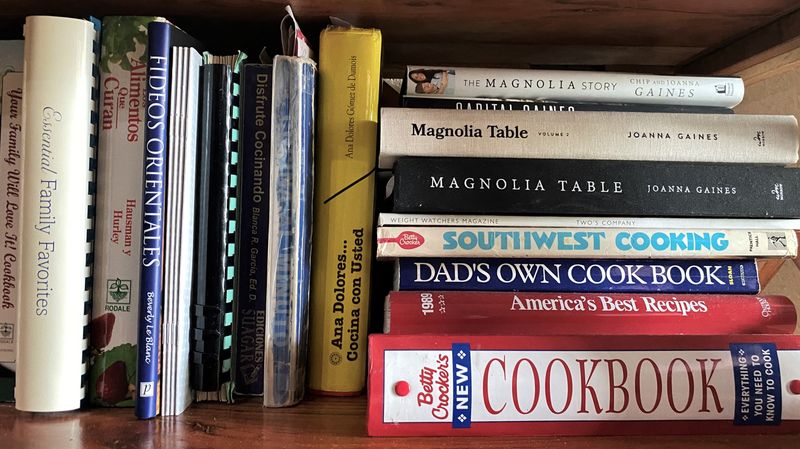
Beautiful but unused cookbooks consume significant shelf space in many kitchens. Organized cooks maintain curated collections featuring only volumes they actually reference.
Many have embraced digital recipe storage, keeping physical books to an absolute minimum. Those remaining earn their keep through regular use or special significance.
While cookbook collecting tempts many culinary enthusiasts, tidy kitchens reflect realistic assessments of which volumes truly deserve permanent residence versus which beautiful covers merely collect dust.

